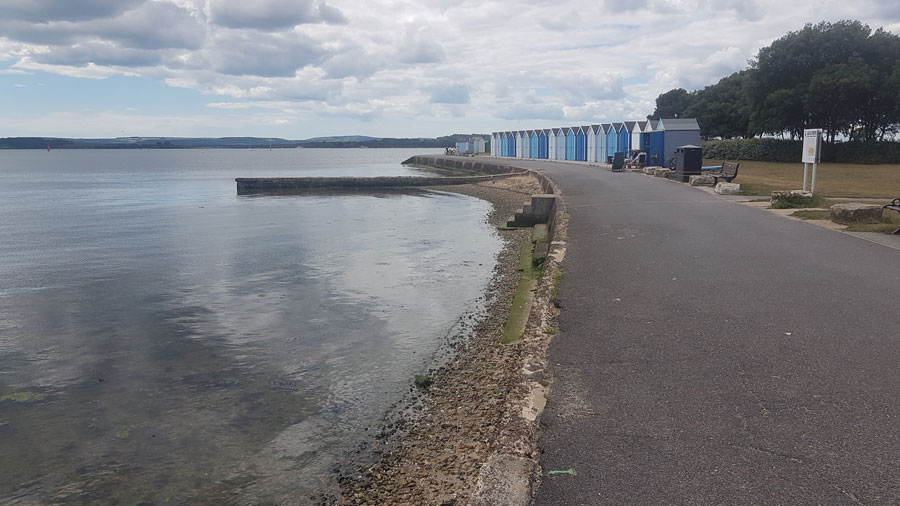FLOOD RISK MANAGEMENT
About
Flood Risk Management aims to protect houses and infrastructure from flood water damage during periods of severe weather.
There are two types of flooding in and around coastal areas:
- from sea harbours and estuaries during tidal surges, and
- surface water from heavy rain storms.
Protection from tidal flooding is achieved by raising the land near to the waters edge by building walls etc. Protection from storm flooding, once it has overwhelmed the sewerage systems, is by slowing down the water flow and creating storm water storage areas.
Prior to the urbanisation of the area there was no need to undertake flood defence as there was a natural drainage system i.e. rain water either infiltrated into the ground or drained into streams which ran to the harbour or the sea. During tidal surges would have flooded the saltmarsh fringes of low-lying areas around the coast and harbours, then receded back to the sea during low tides.
It is only since the area was urbanised there has been a need for a positive drainage system. When homes and roads are first built they are normally provided with a drainage system that aims to cope with a 1 in 20 year storm. A more intense event will often cause flooding to roads, factories, shops and houses.
Therefore there is a need to look at the consequences and management of such intense storm events. This process has been started through the adoption of Local Flood Risk Management Strategies (see below) and associated Surface Water Management Plans (SWMPs).
Tidal flooding is a risk to low-lying areas adjacent to the sea or harbours. Over recent years the quay walls have been raised in places and this work continues to help protect the existing property and infrastructure from the effects of tidal surges and rising sea levels due to climate change.
Local Flood Risk Management Strategies
In 2010, the Government introduced the Flood and Water Management Act. This followed the national floods caused by surface water after extreme rain storms in 2007, which affected over 55,000 homes and businesses across the UK.
It acknowledged flooding as a natural event that will sometimes occur despite everyone’s efforts to prevent it. The Act requires every county or unitary authority to be a Lead Local Flood Authority and to develop a Local Flood Risk Management Strategy (LFRMS), to take strategic responsibility for managing local flood risk.
BCP Council is currently preparing a new LFRMS for the BCP area; when available it will be published at our Strategies, Plans & Research page.
Funding
The cost of beach replenishment and other flood defence projects is largely funded by the government through Defra (Department for Environment, Food and Rural Affairs) and the Environment Agency, based on detailed risk management appraisals.
If your home, business or local green space has flooded or has had a near flood event in the last 5 years, you can report it using the Flood Online Reporting Tool. Your report will help us to better understand where and why areas flood … Read More








